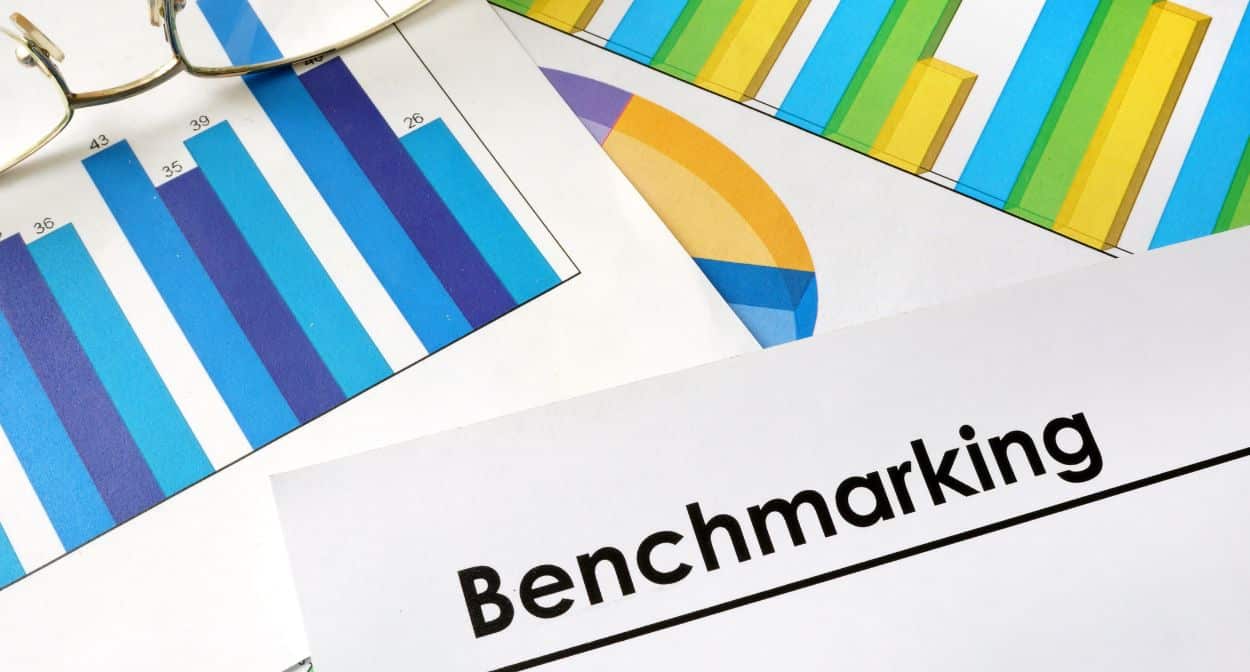Identifying Your Competitors

The first step in conducting a competitor analysis is to identify who your competitors are. This includes not only direct competitors offering similar products and services but also indirect and emerging competitors.
Direct competitors
Direct competitors are other flooring companies targeting the same customer base with comparable offerings. These could be local stores, regional chains, or national retailers. To identify them, visit their websites, stores, and review their product offerings and marketing materials.
Indirect competitors
Indirect competitors are businesses providing alternative solutions to flooring needs. For example, if you specialize in hardwood flooring, carpet or tile suppliers could be indirect competitors. Keep an eye on these companies, as they may be serving your potential customers in different ways.
Emerging competitors
Emerging competitors are new entrants to the market using innovative approaches or technologies. These could be startups focusing on eco-friendly materials or smart flooring solutions. Stay informed about industry trends and startup activity to identify potential disruptors.
Evaluating Competitor Strategies

Once you’ve identified your competitors, it’s time to dive deeper into their strategies. Analyze their marketing tactics, product offerings, and customer service to gain insights into how they operate.
Marketing Channels
Examine your competitors’ marketing channels, such as digital advertising, social media, and content marketing. What types of content are they creating? How are they engaging with their audience? Use these insights to benchmark your own marketing efforts and identify areas for improvement.
Product Differentiation
Next, evaluate your competitors’ product differentiation. Compare the materials, design options, and customization features they offer. Look for innovative products or services that set them apart. This will help you identify opportunities to differentiate your own offerings and better meet customer needs.
Customer Service
Customer service is another critical area to assess. Read customer reviews and feedback on platforms like Yelp, Google Reviews, and social media. Consider the overall customer experience, from pre-sale advice to installation and post-sale support. Identify areas where competitors excel or fall short, and use these insights to enhance your own customer service.
Benchmarking Your Performance

Sales and market share
Use industry reports, financial disclosures, and market analysis tools to estimate competitors’ sales volumes and market share relative to yours. This will help you identify where you stand in terms of market penetration and growth potential.
Customer satisfaction
Customer satisfaction is another crucial metric to benchmark. Look at customer reviews, ratings, and feedback to gauge satisfaction levels among your competitors’ customers. Identify areas where they excel or fall short, and use these insights to improve your own customer experience.
Brand positioning
Finally, analyze how your competitors position their brand in the market. What is their brand messaging and value proposition? How does their visual identity compare to yours? Use these insights to refine your own branding strategy and better communicate your unique value to customers.
Turning Insights into Action
Conducting a competitor analysis is only valuable if you use the insights to drive meaningful action. Based on your findings, develop strategies that leverage your strengths and address weaknesses.
Identify opportunities for differentiation, such as offering superior customer service, innovative products, or unique marketing approaches. Use the information gathered to create targeted campaigns that resonate with your ideal customers.
Remember, competitor analysis is not a one-time exercise. Continuously monitor your competitors and adapt your strategies as the market evolves. By staying agile and informed, you can maintain a competitive edge and drive long-term success for your flooring business.
Conclusion
In the competitive world of the flooring industry, knowledge is power. By conducting a comprehensive competitor analysis, you can gain valuable insights into your market position, identify opportunities for growth, and develop strategies to outperform your rivals.
Remember to identify your direct, indirect, and emerging competitors, evaluate their strategies, and benchmark your performance. Most importantly, use these insights to take decisive action and continuously adapt to stay ahead.
By embracing competitor analysis as an ongoing practice, you can unleash your competitive advantage and build a thriving, successful flooring business that stands the test of time.
